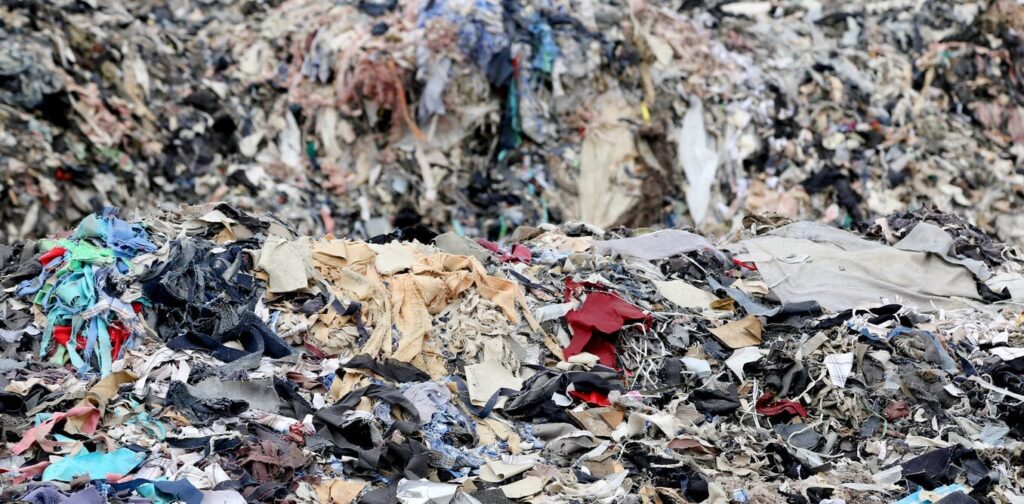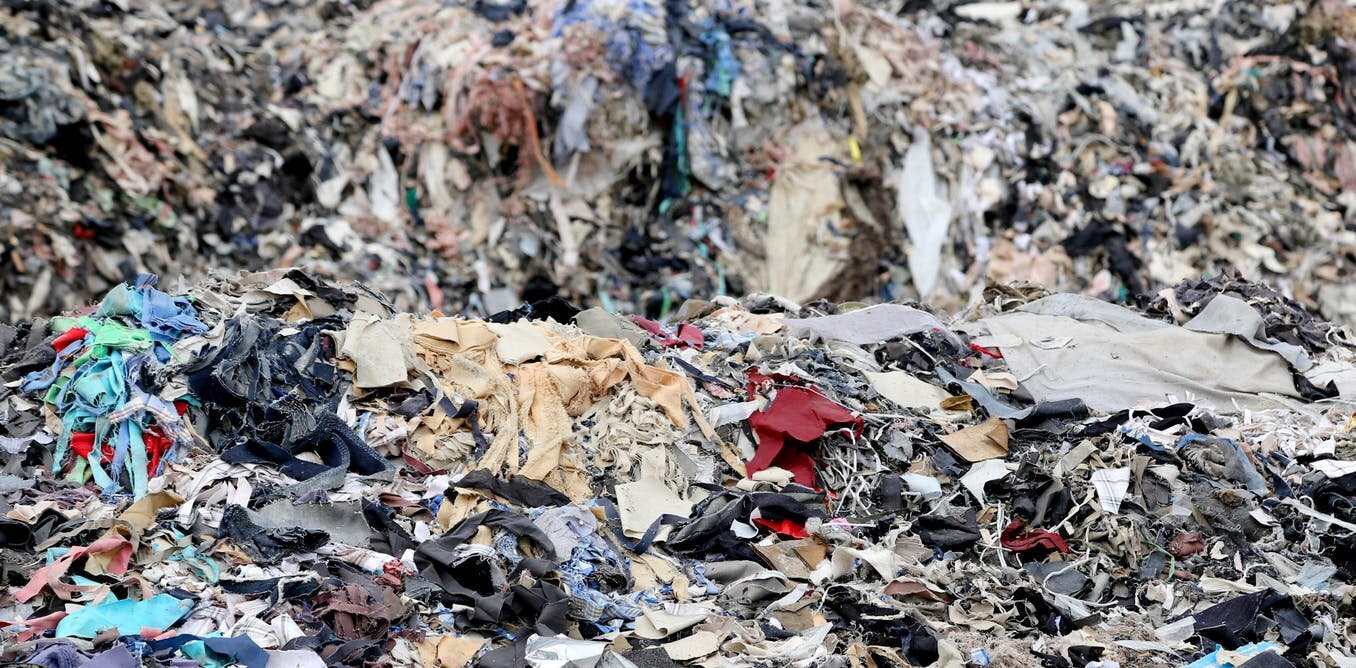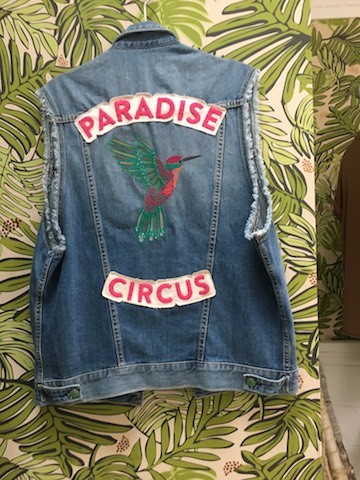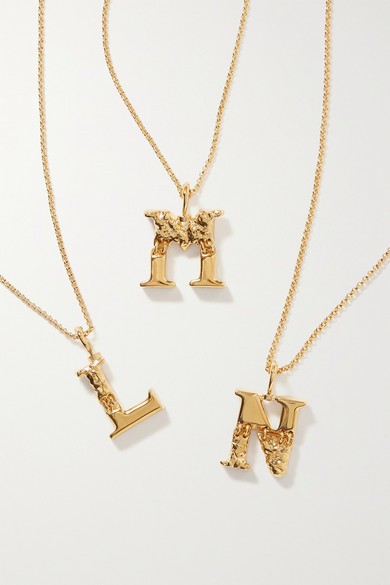When it is time for spring cleaning, many forgo the drudgery of deep cleaning the kitchen, garage or bathroom, and start with something fun: their closet. This past May, Anna Cimorelli, Southern Methodist University senior and fashion enthusiast, stood staring at her overflowing closet racks holding last season’s trends. After countless hours of purging, she realized she didn’t know what she should do with the trash bags full of clothes, shoes, handbags and more. Should she trash them? Donate them? Give them away to friends? Finally, she came to the decision that she would resell the nicer items and donate the rest.
Feeling good about her newly clean closet, Cimorelli felt she deserved a shopping spree with the wad of cash she had burning a hole in her pocket from her resold items. Thus began the cycle of fast fashion. Cimorelli decided to order some new pieces to keep up with the latest summer trends.
“After selling a bunch of stuff to The Real Real and on Poshmark, I wanted some new clothes,” said Cimorelli. “I literally spent almost $1,000 on piles of stuff from Shein and Zara.”
This vicious cycle is one of the many terrible effects of fast fashion: the overwhelming and constant need and desire for the newest, hottest items on the market. Fast fashion has changed the entire fashion industry by democratizing high fashion by knocking off designer brands at a large scale, as well as producing new and creative designs at a nearly impossible rate.
Before fast fashion, legacy brands like Gap and J.Crew spent years designing, sourcing, manufacturing and distributing massive amounts of clothing. But in the 1980s, powerhouse fast-fashion retailer, Zara, perfected fast fashion and a new process utilizing quick response manufacturing and dynamic assortment. This allows them to produce items at lightning speed according to Hasan Minhaj of Netflix’s Patriot Act episode on fast fashion. Instead of the typical two seasons a year, fast fashion brands claim they now have 52 seasons a year.

“Textile choices, manufacturing processes, and labor supply decisions are made based on ‘cheap needle’– the lowest cost for the best profit margins,” said Rosanne Hart, Southern Methodist University fashion media professor.
However, what Cimorelli and many others are unaware of is the horrible environmental impacts of fast fashion and how it is inherently produced rapidly and meant to be quickly discarded. In recent years, the dangerous environmental impacts caused by the fast fashion industry have been exposed, yet many people continue to support these brands.
“A lot of people don’t know what these clothes are doing to the planet,” said Minhaj. “In 2015, textile production created more greenhouse gasses than international flights and maritime shipping combined. The clothes in your suitcase are screwing up the planet more than the flight you put them on.”
Sergio Guadarrama, co-founder of Celestino Couture, a one-of-a-kind, size-inclusive, sustainable fashion brand and contestant on the 18th season of Bravo’s Project Runway, is one designer leading the fight for change and raising awareness about the darkness behind the fashion industry.

“I think the fast fashion industry should go out of business because there’s no way to do what they do in a sustainable manner. Their price points are just too low,” said Guadarrama. “These companies produce way too much and it’s pollution all the way around because they don’t use natural fibers to create anything.”
Many fast fashion companies utilize synthetic fabrics because they are cheaper and more accessible than cotton. While neither of these fabrics is environmentally friendly, with one cotton t-shirt taking 700 gallons of water to be produced, cotton is still not as harmful as synthetic fabrics. Synthetic fabrics like polyester, spandex and nylon use 342 million barrels of oil per year according to a 2017 Ellen MacArthur Foundation study on textiles.
“Sustainability is really just a buzzword in the fashion industry now,” said Guadarrama. “It basically means nothing because of all the greenwashing happening. In my book, sustainability means it can go on forever, and the way most fashion brands are producing, they definitely cannot go on forever.”
Additionally, Hart said that fast fashion has many negative environmental impacts in many areas of the world including, “manufacturing processes that contribute to water pollution, like dumping wastewater into important water supplies that support a community’s drinking water.” According to Minhaj, “to manufacture fabrics, procession, dying, finishing you have to use a lot of toxic chemicals, which often just get dumped in rivers near villages like the Citarum River in Indonesia, where there are factories that H&M and Zara have worked with.”

All these damaging environmental effects stem from the fact that today’s conspicuous consumption society tends to always want more. Mlnaj explains that in 1980, Americans bought 12 new articles of clothing every year, but, as of 2019, the average American bought an astonishing 68 new pieces of clothing per year. Even more distressing, compared to 20 years ago, we are only keeping clothing items for half as long.
Many don’t think this fast fashion environmental crisis applies to them because, like Cimorelli, they donate or resell their clothes; however, this doesn’t help the planet as much as they may think. Just one Salvation Army center in New York creates 18 tons of unwanted clothing every three days according to a 2012 Slate article. Additionally, the 2017 Ellen MacArthur Foundation study states that 87% of all fabric used for clothing ends up incinerated or in a landfill.
The best solution to help the environmental issues caused by the fashion industry is to simply stop buying as much or to shop truly sustainable brands, like Celestino Couture or Dallas-based sustainable brand Ferrah.
Next spring, when the urge to purge last year’s clothes calls, try and give it a second thought. Maybe look to the back of your closet and rescue a few slightly worn blouses or even a classic piece from years ago. In doing so you can counteract the fact that, according to a 2016 Newsweek article on fast fashion, the average American throws away 80 pounds of clothes per year. With about 330 million Americans, that 14 billion tons of profound waste is unimaginable — and it’s just from our discarded clothes.







